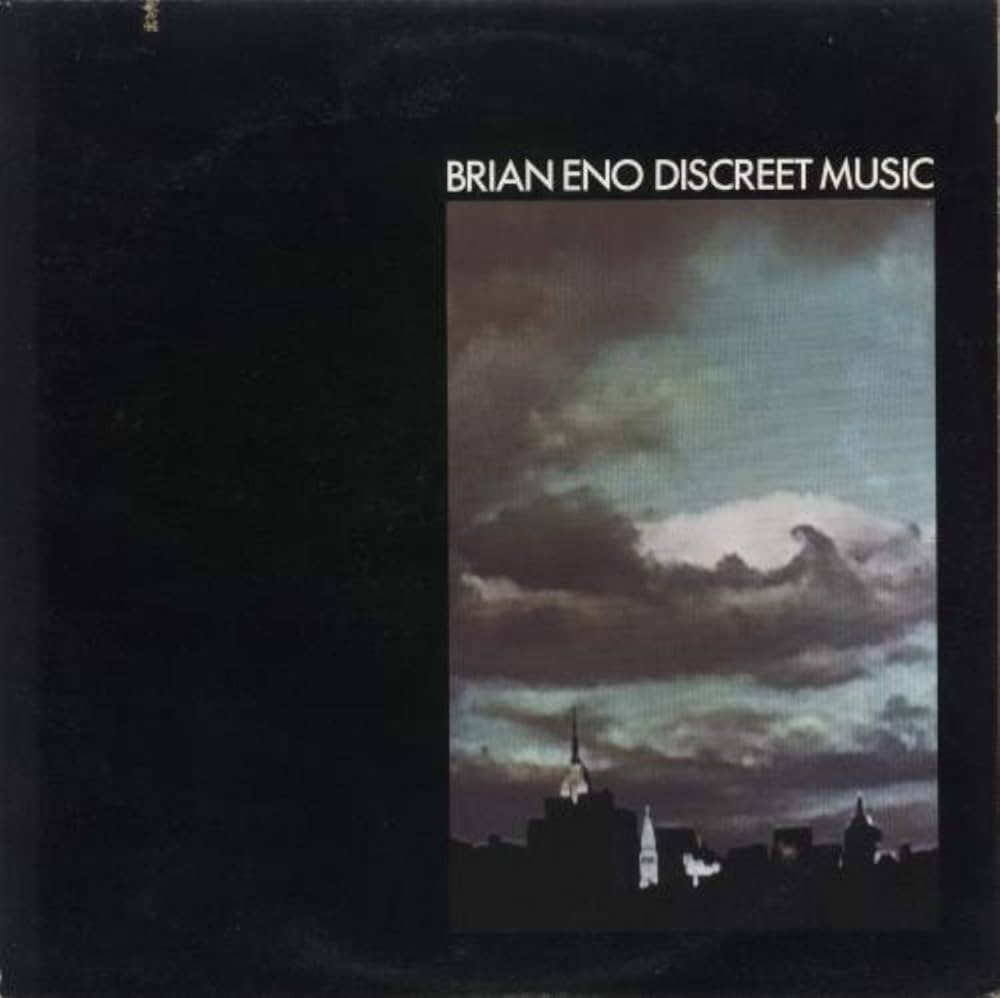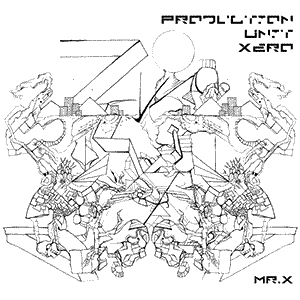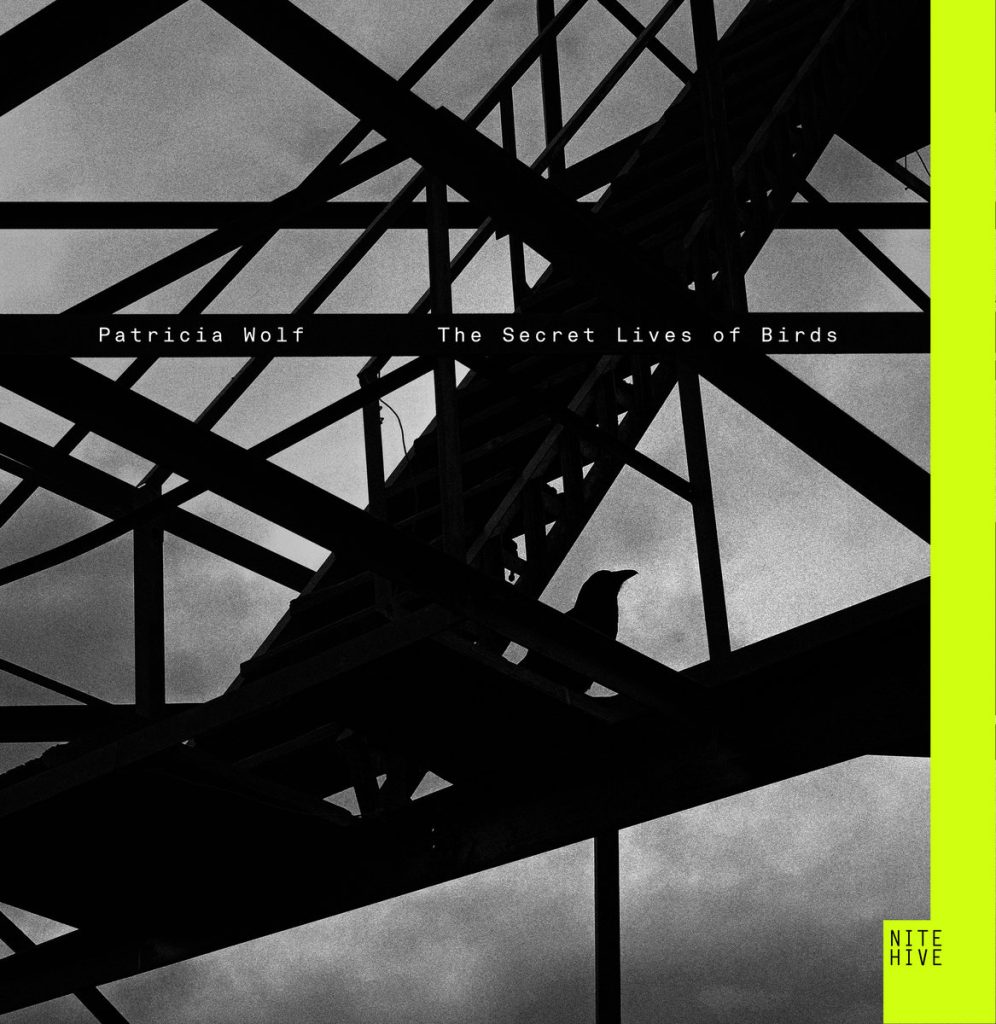Discreet Music – Brian Eno (1975) – Album Review

In the world of ambient music, Brian Eno stands as a towering figure, and his 1975 release, “Discreet Music,” remains one of the most seminal works in the genre. This album is not merely a collection of sounds but an exploration of the subtleties of auditory perception and the spaces between notes.
“Discreet Music” marked a significant shift in Eno’s musical trajectory. Here, he moves away from the more rock-oriented sounds of his earlier work, delving into a minimalist, almost meditative soundscape. The album comprises two distinct parts: the 30-minute title track, “Discreet Music,” and three variations of Johann Pachelbel’s “Canon in D Major” on the second half.
The title track is a masterclass in understatement and restraint. It was created with an EMS Synthi AKS synthesizer, a sequencer, and a tape delay system. Eno famously set up this system to play back several melodic and harmonic patterns of different lengths. The interaction of these patterns with one another creates a piece that is both static and ever-evolving. The sound ebbs and flows, never demanding attention but always rewarding the attentive listener. This track is ambient music in its purest form: it creates an atmosphere, a background texture that is soothing, unobtrusive, and yet profoundly affecting.
The genesis of “Discreet Music” is as fascinating as the music itself. Eno was recuperating from an accident and was bedridden. A friend brought him an album of harp music, which he set up to listen to, but found he didn’t have the strength to get up and adjust the volume, which was set very low and one channel of the stereo was not working properly. The result was a very quiet and lopsided listening experience, which Eno found profoundly interesting. This experience led him to explore the concept of music as an environmental, ambient presence, rather than as the focal point of active listening.
The second part of the album presents three adaptations of “Canon in D Major,” a piece familiar to most. These variations, titled “Three Variations on the Canon in D Major by Johann Pachelbel,” are marked as “(i) Fullness of Wind,” “(ii) French Catalogues,” and “(iii) Brutal Ardour.” Each variation takes the familiar melody and refracts it through Eno’s unique lens. The use of tape delays and synthesisers gives the canon a dreamlike, ethereal quality. The variations, while recognisable, feel completely transformed, almost as if they are echoes of the original heard from a distance or through a dream.
“Discreet Music” is an album that defies traditional musical analysis. Its beauty lies in its subtlety and its capacity to evoke mood and atmosphere. The music does not travel in a linear fashion; it meanders, it hovers, it suggests rather than declares. For the listener used to conventional structures and forms, this album might initially seem unengaging or overly sparse. However, the true depth of “Discreet Music” reveals itself through patient and passive listening. It’s an album that doesn’t just fill silence, but enhances it, inviting the listener to perceive the space and time they occupy in a new light.
In essence, “Discreet Music” is more than an album; it’s an experience, a foray into the possibilities of sound and the power of minimalism. It’s a work that requires the listener to adjust their expectations and approach to listening. In doing so, it offers a profound and transformative experience, a journey into the nuances of sound, silence, and everything in between. This album not only set the tone for much of Eno’s subsequent work but also helped define and legitimise ambient music as a serious and important genre in its own right.




